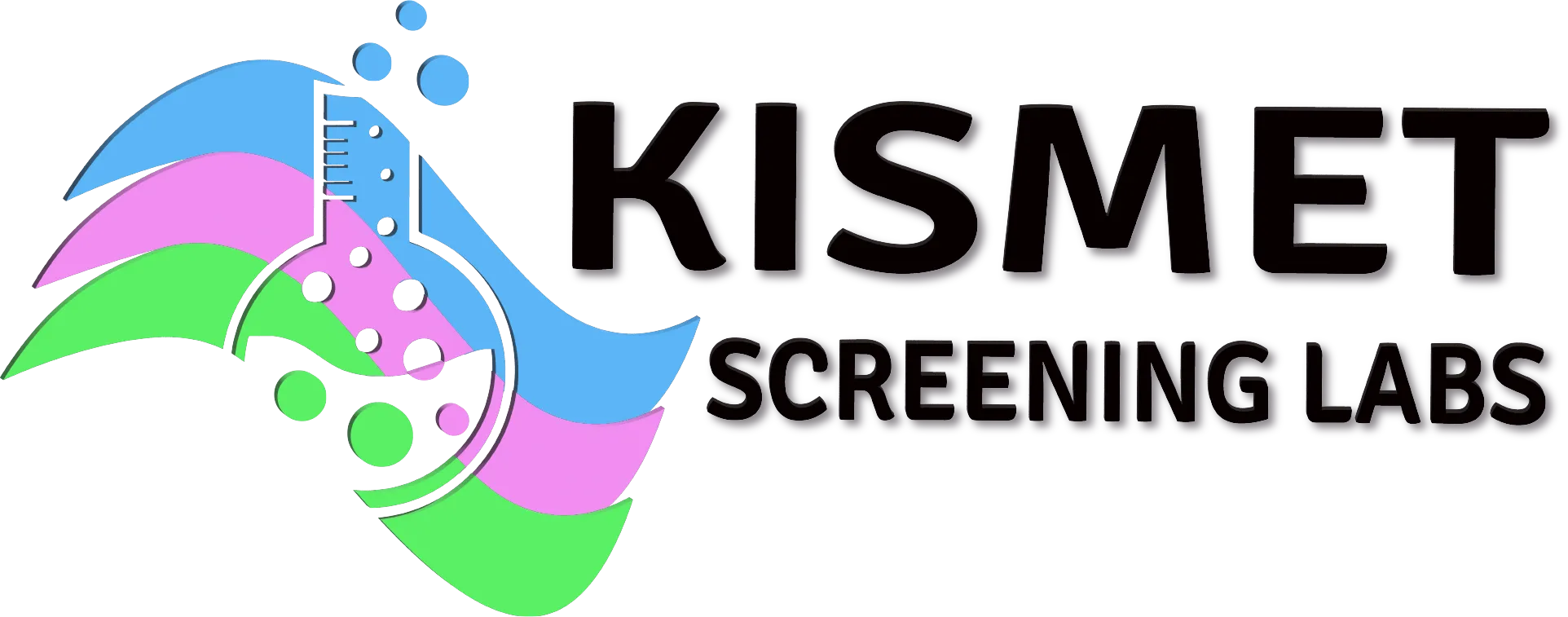Drug Testing Center and Clinical Lab
Drug testing is the evaluation of urine, blood or another type of biological sample to determine if the subject has been using the drug or drugs in question. There are many circumstances that may require drug testing:
-
Pre-employment drug screening test or random, work-related drug testing to identify on-the-job drug abuse.
-
College or professional athletic drug testing.
Post-accident drug testing - a vehicular or on-the-job accident which may have involved human error and resulted in casualties or property damage.
Safety-related drug testing - if an employee's job could lead to safety issues if judgement or physical ability were impaired.
© 2023 Kismet Screening Labs. All Rights Reserved.

